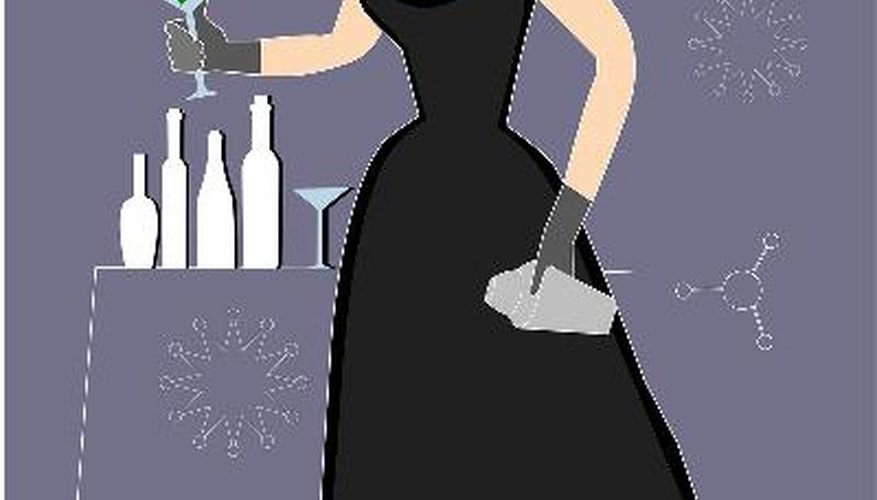Bright floral patterns and muted greenish browns may not be the definition of popular interior design in the 21st century, but it was the norm in the 1950s. Flooring in the 1950s was not only practical, but also made a decorative statement about the home and family residing within. A variety of materials were used in flooring in the 50s, and became both common and affordable due to the advances in technology.
Wood
Wood has been a traditional means of creating a floor for hundreds of years. A durable and long-lasting material, wood creates a homey atmosphere with warm colouring from the natural source itself as well as a hard and easy to clean flooring. Though the abundance of wood began to die off in the middle of the 1900s with deforestation, wood was still a popular means of covering a floor.
Linoleum
Linoleum experienced a surge in popularity in the 1950s, as both an economical and easy to clean alternative to other flooring options. It was popular in high-risk spill areas, such as the kitchen, bathroom, and laundry room. Linoleum could be made from a variety of resources, many renewable.
Tile
Tiles may have been made with asbestos in the 1950s. In later years, asbestos has been found to be harmful to an individual's health. Available in a variety of colours, thicknesses, and sizes, tiles were a popular means of covering a house, but were most commonly found on the floors of kitchens, bathrooms and other utilitarian rooms of the house. Patterns were commonly made from different colours and individually patterned tiles.
- Tiles may have been made with asbestos in the 1950s.
Carpet
Carpet was popular in the 1950s and covered living rooms, bedrooms and hallways. It came in a variety of styles and colours that could either stretch the length of the house or be used in individual rooms. Shag carpet, a long pile carpet, came into vogue in the late 1950s. The colours were usually brown tones to match decor. Carpet was also used for accent rugs in a 1950s house that had other flooring.
- Carpet was popular in the 1950s and covered living rooms, bedrooms and hallways.
- Carpet was also used for accent rugs in a 1950s house that had other flooring.
